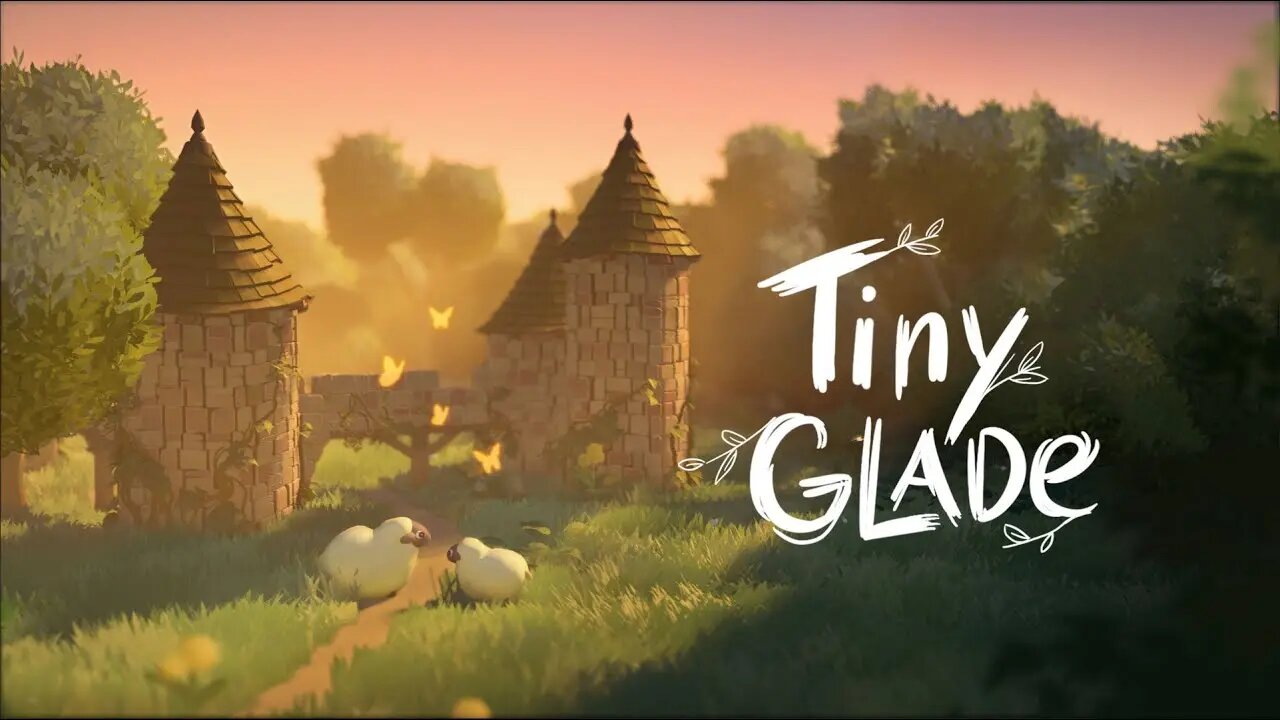If you’ve been keeping an eye on the indie scene, you’re probably familiar with Tiny Glade. This relaxing castle-building simulator has gone viral on social media and become one of the most wishlisted games on Steam. In an interview published on 80 Level, we delve into the story behind Tiny Glade, exploring its development journey, the creators behind the game, and what makes it a standout title in the cozy games genre.
Tiny Glade began its life as a simple procedural wall generator, a weekend project by Anastasia Opara, a procedural artist, and Tomasz Stachowiak, a rendering artist. Developed using Bevy, a data-driven game engine powered by the Rust programming language, the project quickly evolved beyond its humble beginnings. The turning point came when the duo shared their early prototypes on social media, receiving enthusiastic feedback and realizing the potential for a full game.
The decision to release a demo version of Tiny Glade was multifaceted. Primarily, it was to allow potential players to try the game before committing to a purchase. As Opara explained, “We wanted to give people the ability to see if the game is their cup of tea or not.” The demo also serves to collect player feedback, although extensive playtesting had already been conducted to refine the user experience (UX).
Playtesting has been a crucial part of Tiny Glade’s development. Stachowiak highlighted the importance of UX, noting that ensuring intuitive and satisfying interactions is essential for player enjoyment. The playtesting phase revealed unexpected uses of game elements, such as players stacking lanterns to create wooden walls or aligning stairs to resemble machicolations. These insights led to the addition of new features, like bridges and the ability to elevate buildings, enhancing the game’s procedural systems without major setbacks.
Anastasia Opara’s expertise in procedural art has significantly influenced Tiny Glade’s development. Unlike generative AI, procedural art involves creating detailed rules that guide the system. Tiny Glade’s journey from a weekend project to a full game was driven by Opara’s interest in rendering and procedural generation. Initially using Bevy and OpenGL, the project transitioned to Vulkan for better performance and cross-platform compatibility, allowing for complex procedural systems tailored to specific game elements.
Tiny Glade stands out in the cozy games genre, inspired by Opara’s enjoyment of titles like Townscaper and Unpacking. The game aims to provide a relaxing and immersive experience, offering players a virtual retreat where they can unleash their creativity without combat or management pressures. The developers view their role as providing players with the right tools to tell their own stories, much like giving a child a set of LEGO bricks and watching their imagination come to life.
Choosing to self-publish Tiny Glade was a deliberate decision by Opara and Stachowiak. They wanted to learn the ins and outs of publishing and maintain full creative control over their project. Their previous experience in the AAA industry, where creative decisions were often out of their hands, further motivated their desire for independence. Self-publishing allows them to release the game on their terms, focusing on what they believe is best for Tiny Glade.
As of now, the developers are entirely focused on Tiny Glade. While they have many ideas for future projects, these remain in the brainstorming phase. Regarding the release date, they are cautious about setting specific deadlines. They aim to ensure a polished product before making any announcements, prioritizing both the expectations of their audience and their own development process.
If you want to play the demo version of this title, you can do so on Steam.









